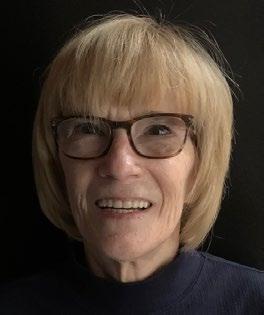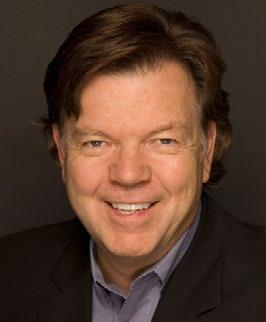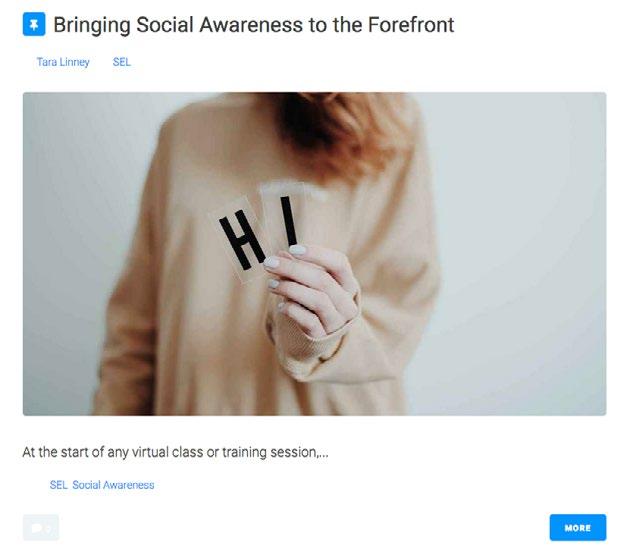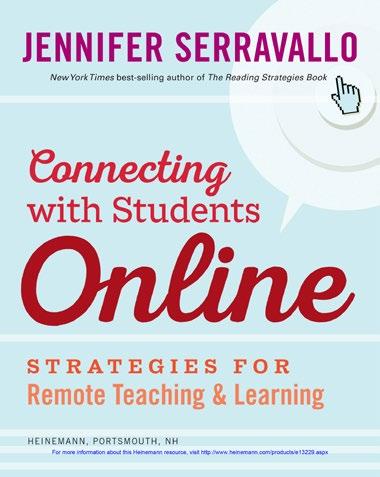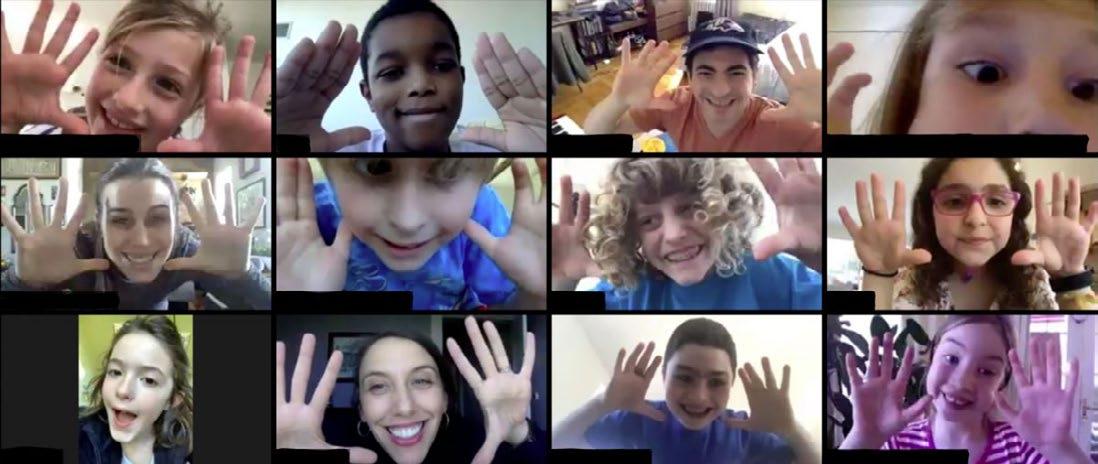
15 minute read
School Spotlight
Douglas Wood
Ball-Chatham CUSD #5 One District’s Journey
Hybrid, remote, and virtual learning have become the new norm in education due to COVID19. Regardless of which side of the fence you are on, the impact of this virus, and the response to it, has been monumental, to say the least. This impact will affect us for the rest of our lives. Much to the same degree that people remember where they were when certain historical events occurred, so too will we remember the events leading up to, during, and after the COVID19 pandemic.
We have a dashboard on our webpage to inform our community of positive cases and quarantines. One year ago, I would not have fathomed this as something we needed to communicate on a regular basis.
As of this moment in writing, I have received a letter to review prior to sending it to our community informing them of a positive COVID case in one of our schools. The letter defines dates, times, protocol, and followup information. This occurs on a daily or nearly daily basis. We have a dashboard on our webpage to inform
our community of positive cases and quarantines. One year ago, I would not have fathomed this as something we needed to communicate on a regular basis. Yes, maybe contest results,
happenings in the district, staff and student success, but not a virus update. in our lives; in our students, staff, and community lives.
So now what? When this all began in March 2020, I believe we all figured that it would soon pass. However, it was important for schools to prepare, in case things did not change or got worse. Unfortunately, things began to get worse. In the beginning, school leaders, teachers and support staff began preparing elaborate plans to adjust to the new reality. There were fully remote plans, in-person plans, and hybrid plans. Each school developed what they believed to be in the best interest of their learners and school community as a whole.
Typically, there are previous plans or templates to help guide a response to an emergency. There were no such plans available, and to further the challenge, plans or templates designed were for that specific school and/or district. Each district may have different needs specific to the population they serve. There is no “one size fits all” plan, and there is no perfect plan. Having this brief introduction sets the tone for how we responded to this major crisis
I am going to share our journey. At the onset of COVID19, we all instantly came together as a community. This was no surprise. Ball-Chatham is known for its ability to come together in times of crisis and set a path toward a better future. Our school district partners with local organizations such as Titan Fuel, and the BCEF (Ball-Chatham Education Foundation) to provide meal service and other resources for our families. Food distribution became of paramount importance because many of our students depend on the meals we provide at school. Our Food Service Director and his team, along with staff that volunteered - inclusive of teachers, support staff, and all district level and building level administrators pitched in to help package and distribute food and meals. It was truly a team effort.
Of equal importance was assuring our families that we could continue providing the high quality educational services they had come to expect over the years. So much of this was dependent on the ability to sustain connectivity with our students now that the learning activities were going to be provided remotely. Fortunately, prior to the onset of COVID19, we implemented our 1:1 Chromebook plan in grades 3-12. Soon thereafter, we provided Chromebooks for all K-2 students as well. Our Director of Technology and his team worked miracles and the transition was seamless. The reality was that although it looked seamless to our families, it was a monumental task that our staff handled with grace.
Occurring simultaneously with the above-mentioned activities, our district office administration, building leaders, and teacher leaders instantly began developing plans, protocol, timelines, and expectations as we saw the pandemic worsening, and the Governor’s proclamations being extended. Everyone had thought at the time that there is no way this could last beyond the end of the 2019-2020 school year. Having endured this COVID19 pandemic; surely we can rid ourselves of this and begin anew in the fall for the 2020-2021 school year. The Spring remote learning experience/ experiment, risk/reward, and failures/ achievements are a thing of the past… Not so fast!
Our teams continued to work on plans for the 2020-2021 school year. As the start of the year drew closer, things weren’t getting better. COVID19 cases of positivity were increasing, infection rates, positive rates, and death were being reported at an alarming rate. We still didn’t know the extent of this new virus, and the havoc it would cause.
After the Governor’s office provided guidelines at the end of June 2020, it provided boundaries from which schools could plan with some sense of confidence. Our plan was developed and presented at our July 2020 regular meeting. This plan was adopted. As we inched closer to the beginning of the school year, rates continued to climb. I scheduled an emergency meeting to advocate for starting the school year remotely. The recommendation was voted down by our Board of Education. Now what?
Our students, staff, school board members, and community members are divided on this issue. Some believe we should be fully remote, others believe we should have all students in class all day.
This issue became more and more divisive among Board members, students and the
community as the days progressed. In the meantime, our team was doing all that we could to develop a plan that would work well for everyone; knowing, no matter what the outcome, not everyone would be happy. The media sensed the divide and they delved into specifics to further develop their stories. This, too, added pressure for us all.
Approximately ten days before the start of the 2020-2021 school year, it had become apparent that we were not going to be able to fulfill the expectation impossibility. I scheduled another meeting to transition the high school to full remote (PK-8 would still be hybrid). The Board voted in favor 6-1 of the new recommendation. For the first twelve weeks of the 2020-2021 school year, we maintained this model. We have excellent teachers and staff, so the community was much in favor of our teachers teaching our students, rather than through a third party, or strictly through a virtual setting.
In early to mid-October, our region experienced a decline in cases, so we
Our greatest achievement has been maintaining the six-foot social distance guideline. When contact tracing, we have discovered the six-foot protocol to be our saving grace. In addition, we have had no spread within our facilities as a result of a positive case.
of starting our high school in the hybrid model, thus we extended the start of the school year by one week so we could further develop our plan. With COVID19 case numbers rising, our enrollment shifted extensively from 40 students registering to attend remotely, to 1,400. Our plan to involve a third-party vendor to assist with the 40-50 students, had now become a financial and operational began to discuss implementing the hybrid plan for the high school as well, beginning the first or second week of November. After discussions and meetings with the Union leadership, a plan of action was developed and implemented. The key to this plan moving forward was the agreement to allow for live streaming at the high school so that we could continue to offer
all courses to our students and have our teachers teaching all of the content. Our high school has been in session (Hybrid) since November 16th, and we have not had a pause in attendance/ instruction because of everyone’s due diligence to consistently maintain disinfecting procedures, masking, and social distancing protocols each day. Our greatest achievement has been maintaining the six-foot social distance guideline. When contact tracing, we have discovered the six-foot protocol to be our saving grace. In addition, we have had no spread within our facilities as a result of a positive case. contributed tremendously to the success of our program.
This long and arduous journey has been challenging for us all. We have experienced success and failure just as other school districts have. As with most challenges, we become better for having had the experience. Although I would prefer not to go through this again once it has passed, I must say, there have been silver linings along the way; nuggets of goodness that we all become better as a result.
For example, our teachers, as good as they are, challenged themselves and took
We know that in-person instruction is best for most students but having a digital component expands the relevance of what we are teaching.
There is so much that can be shared; Too much to mention in this brief article. I would be remiss if not to share the incredible efforts of my staff. Our custodial team, cafeteria workers, aides, teachers, administrators, and directors; all contributed significantly and continue to do so for our school community. In addition, our parents, families, and businesses have been patient, flexible, and understanding. They too have risks they may otherwise not have taken. I have always professed to our staff that failure is an option. Try it, change it, throw it away and start anew. Yes, take that hybrid, remote, livestream teaching moment and maximize its potential. This isn’t new for our students. They are among the first generation to have experienced a fully technological-based environment, whether in or out of school. We know that in-person instruction is
best for most students but having a digital component expands the relevance of what we are teaching. It is a learning platform most all students—primary, intermediate, and high school—are comfortable with. If we make a mistake, we own it and fix it. We need to be and support “Educational Entrepreneurs.” Forge ahead!
It is the end of the first semester and we have completed eighteen weeks of hybrid in-person/remote instruction for approximately 4,800 students. To be quite honest, I thought after one to two weeks we would have to go full remote. This wasn’t the case. We may have had to endure some battles along the way, and I am sure we will have a few more challenges before this is all said and done. As a school and district leader, you often receive accolades for the success of your team. We also receive the brunt of things beyond our control. I am fortunate to have an excellent administrative team, staff of teachers, and support staff to have made this educational experiment a success. The end results are still to be determined. It was a cumulative effort by all, and our school community is better because of these individuals. I would also be remiss not to credit the Board of Education for challenging recommendations and decisions through the planning process. There were disagreements at times, but I do believe it to be from the assumption of good—to do what is best for kids and community.
In closing, the brief story below was shared by one of our 5th grade teachers that developed as a result of having experienced the trials and tribulations of the COVID19 pandemic and the challenges that exist.
“Not all families can afford the ‘luxuries’ others can. Many homes have a parent or two who can help with e-learning. At a house where one of our students lives, he (as a 10 year old) is the teacher. He works tirelessly helping his 2nd grade sister do her school work as well as helping another behaviorally-challenged 4th grade sibling. After they go to bed, he works on his homework. Wi-Fi is limited to a cell phone but he does the best he can. I have taken it upon myself and a few of my colleagues to make sure that he has breakfast and lunch daily, as well as Friday night pizza. One morning a week, I go to his driveway and we work on ELA and Math. We work amongst the broken glass, trash, and occasional dirty diaper in the street. This young man is gifted and he is working so hard to keep his siblings afloat, himself afloat, and make life a little easier for his aunt who works a full-time job while taking care of and supporting three kids.”
We since have worked with all our families to make sure Wi-Fi is not an issue. This is one of many stories that you and I could share. It is heartbreaking and inspiring all at the same time. If we learn anything from this experience, it is that we must be understanding, forgiving, compassionate, and above all we must rise to the challenge because it’s about the kids, and we are in the kid business!
I have three simple guiding principles that I live by and I believe we all should apply to our craft: • An idea or pursuit must begin or end with “it is best for kids.” If not, adjust your sails • Respect is non-negotiable • Work from the assumption of good
Apply these simple principles to your daily work if you don’t already do so, and thank you for the tireless and important work you do each day for your students and families.
Dr. Douglas A Wood is the Superintendent for Ball-Chatham CUSD #5

In 2014 when IL ASCD reorganized our leadership team, the role of Area Representative was created. Our “Area Reps” as we call them are a link to and from the various regions of our state. IL ASCD follows the same areas established by the Regional Offices of Education. Our Area Reps are led by two members of our IL ASCD Board of Directors, Scott Estes and Andrew Lobdell. Scott and Andrew are the Co-Leaders of our Membership and Partnerships Focus Area.
Denise Makowski
Cyrus H. McCormick Elementary School 773.535.7252
dmakowski@cps.edu
Andrew Lobdell
Principal of the Junior High School in the Lena - Winslow School District # 202 815.369.3116
lobdella@le-win.net
Current Area Reps
AREA 1: (Green) Chicago April Jordan North Cook Jennie Winters South Cook Josh Barron AREA 2: (Dark Blue) Chad Dougherty AREA 3: (Yellow) Heather Bowman AREA 4: (Pink) Kelly Glennon AREA 5: (Light Blue) Annette Hartlieb AREA 6: (Gold) Clarence Gross
Contact information for them can be found HERE.
The roles of the IL ASCD Area Representatives are:
• Encouraging IL ASCD membership to educators in their local areas; • Assisting with professional development; • Attend board meetings and the annual leadership retreat, when possible; • Disseminating information from IL ASCD board meetings or other sanctioned
IL ASCD activities to local school districts or other regional members • Being a two-way communication vehicle between the local IL ASCD members regarding IL ASCD or any educational issues. • Keeping IL ASCD Board of Directors apprised of pertinent information regarding personnel issues (e.g., job vacancies, job promotions) and district program awards/recognition within the local area. • Communicating regularly with IL ASCD Executive Director and the Co-Leaders of the Membership and Partnerships Focus Area.

An ISBE Approved Provider
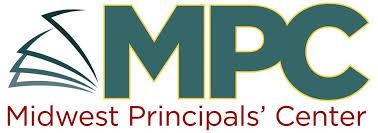
Limitless Mind: Learn, Lead and Live without Barriers
JO BOALER
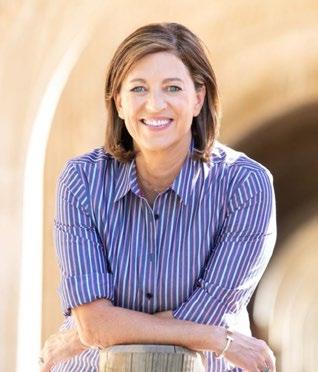
May 6, 2021 Live On-LIne 8:30 am - 3:30 pm 6 P.D. Hours
Recent years have seen an explosion of scientific evidence, from neuroscience, psychology and education showing that there is a different way to teach and learn, available to us all. When people take a limitless approach to learning – in content areas and in life – different pathways open up to them, leading to higher, more equitable and more enjoyable achievement. Mindset messages are important but they do not take root unless they are accompanied by a multiplicity approach to content and life. “Boaler is one of those rare and remarkable educators who not only know the secret of great teaching but also know how to give that gift to others.” Carol Dweck, author of Mindset In this workshop, Dr. Boaler will expand on the best practices presented in Mathematical Mindsets by revealing six keys to unlock learning potential across all content areas and in life. She will share the explosion of scientific evidence from neuroscience, psychology and education that supports a different way to teach and learn— one that creates equitable and engaging learning.
Who should attend? Teachers, administrators, coaches, counselors, anyone wanting to improve leading, & learning
Registration Includes a copy of Jo's Book Limitless Mind

Dr Jo Boaler is the Nomellini & Olivier Professor of Education at Stanford University. Former roles have included being the Marie Curie Professor of Mathematics Education in England, and a maths teacher in London comprehensive schools. She is a White House presenter on women and girls. She recently formed youcubed.org to give teachers, parents and students the resources they need to excite students about mathematics. She was named by the BBC as one of the 8 educators “changing the face of education”.

OUR MISSION
EXECUTIVE COMMITTEE
President—Akemi Sessler (Arlington Heights SD 25) President-Elect—Belinda Veillon (Nippersink 2 & Richmond Burton CHSD 157) Past-President—Dee Ann Schnautz (Mt. Vernon SD 80) Treasurer— Doug Wood (Ball-Chatham CUSD #5) Media Director—Debbie Poffinbarger (ROE 40) Secretary—Amy MacCrindle (Huntley 158)
JOIN OUR ONLINE COMMUNITY!
FOCUS AREA LEADERS Get involved with our Membership and Partnerships social media: Denise Makowski (CPS) Andrew Lobdell (Lena-Winslow SD 202)
Communications and Publications
E. Scott England (Fairfield PSD 112) Jeff Prickett (McHenry High School District 156)
Advocacy and Influence
Richard Lange (National Louis University) Brenda Mendoza (West Aurora SD 129)
Program Development
Bev Taylor (Oak Brook)


